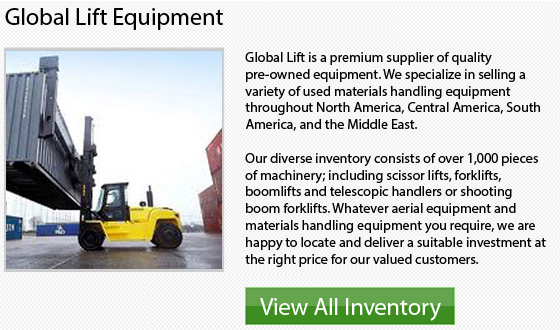
More than 80 years ago, a gentleman named Lester M. Sears thought it might be a good idea to modify a farm tractor for industrial application. He created the "Model L," and although it can look a bit obsolete at the present, it was packed with new ideas. The machinery transformed and revolutionized the materials handling industry.
The initial truck which Lester provided innovations on has become the basic these days in the lift truck business. Amongst these important features include: wheel drive, rear-wheel steering, equal reverse and high-speed forward gears, and hydraulic tilting and lifting.
Lester started the "Towmotor" and after that began CAT Lift Trucks, after being acquired by Caterpillar in 1965. With the same dedication to sensible solutions, commitment to new ideas and exceptional dependability, CAT enjoys thinking that they are Lester's direct descendants. The Model L was very efficient and strong that the model worked hard for more than 30 years prior to finally retiring.
It was then during the year 1992, when Caterpillar joined Mitsubishi Heavy Industries in a joint venture. They brought together technological strengths and financial and marketing strengths in the production of material handling machinery. The business has had their head office in Almere, the Netherlands since that time.
CAT forklifts are presently amongst the best built machines within the industry. CAT makes forklifts that run on LPG, diesel, electric counter balanced units and gasoline engines. The company manufactures an entire line of warehouse machines as well. The local CAT dealers are among the best within the business and offer over 80 years of pertinent experience.
The RTCH is a particularly designed rough terrain vehicle which is able to operate in as much as 5 feet of sea water and uses 4-wheel drive. This particular unit could function on soft soil places like unprepared beaches. The RTCH could handle the 20 to 40 foot long and 8 foot wide containers.